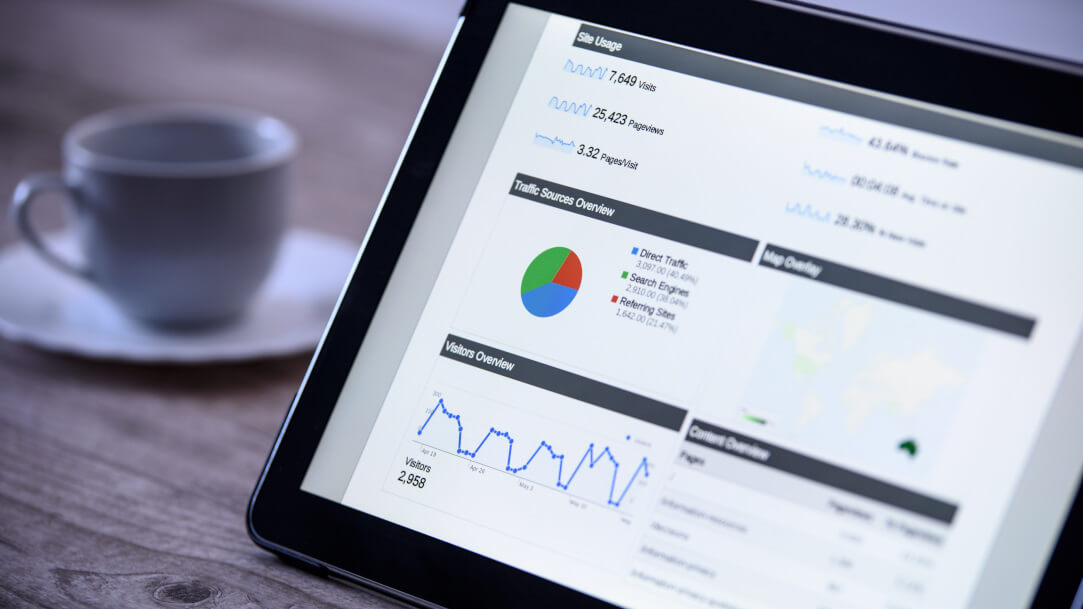Europe has had to endure almost 13 long months of strict and at times gruelling lockdowns.
NB: This is an article from OTA Insight
At long last it appears, the majority of the continent is out of lockdown for the final time. New daily cases of COVID-19 are running considerably lower than anywhere near the second wave, and most importantly, vaccination programmes are accelerating significantly.
Subscribe to our weekly newsletter and stay up to date
This is seen as the key that is now close to fully unlocking international travel around Europe. Evidence so far has shown that antibody resistance means new cases rarely result in hospitalisations, rendering a once virulent disease comparatively benign and at least manageable – news the hospitality industry in Europe has been waiting for.
On July 1, the European Union made its vaccine passport available for all EU citizens and residents in a bid to restore freedom of travel across member states. This is no doubt a positive step forward for the travel and hospitality sectors, especially when coupled with the EU’s decision to open its doors to vaccinated travellers from numerous countries outside of the EU, including the U.S. There are still concerns around the Delta variant, which has meant travel quarantine rules have been reinstated for UK and Portuguese travellers visiting some EU nations. With the advent of vaccines this time around, the mood feels altogether more optimistic, and there is the hope that international travel will be an option for the summer holidays and beyond.
Hoteliers in Europe should now be planning for wider recovery, with major upticks in demand likely to arrive throughout the summer season. Demand is returning in a new era, where historical trends and traditional consumer booking patterns are no longer as relevant as they once were. It’s vital that hoteliers evaluate vastly altered booking behaviour by examining buyer intent and forward-looking data points. In a market where booking patterns can change rapidly due to government restrictions, this will enable you to capture market share ahead of your competitors and succeed in recovery.
To give an insight into the type of travel search activity that has taken place across Europe when restrictions begin to lift, we examined the datasets of three key markets in May 2021 with Market Insight.
In this article, we look at search data from the countries of Germany and Austria, and then we examine the country of Greece, specifically the destinations of Athens and Santorini.
1. Germany
Following decreasing COVID cases throughout April and into the month of May, several German states announced that hotels and restaurants would be allowed to re-open at some point during May and June, (e.g., Baden-Württemberg May 29, Schleswig-Holstein May 18, and Saxony May 15.) Subsequently, hotel searches for German destinations began to markedly increase.
From the start of May up to the middle of the month hotel searches for Munich, Düsseldorf and Hamburg increased 3x, indicating a rapid shift in consumer demand levels for accommodation. Hoteliers who were able to recognise this shift ahead of competition would be better positioned to implement a more suitable pricing strategy.

From the beginning of May to mid-May, lead times for hotel searches for the city of Munich were decreasing considerably. Lead times between 0 – 28 days made up 50% of all searches, suggesting that potential guests were intending to travel soon. Without employing forward looking data points it would be challenging for Revenue Managers to pivot strategy so suddenly and take full advantage of this new revenue opportunity.

Following the announcement, flight searches with very short and very long lead times began to decrease in Berlin. In contrast, flight searches in the 8 – 28 day and 29 – 90-day range began to increase – suggesting a shift in consumer sentiment and greater confidence for Berlin as a summer destination. With this knowledge at their disposal, hoteliers would be perfectly situated to drive more bookings by offering targeted promotions and offers for the summer season.
2. Austria
The Austrian hospitality industry reopened on May 19. Paired with with the introduction of the ‘Green-Pass’ on May 26, (which grants holders access to restaurants, hotels and cultural facilities if they can verify they are fully vaccinated); and the announcement of quarantine free travel from Germany generated a huge surge in traveller search demand for the country.
Vienna, Austria’s capital, cultural hub, and most visited tourist destination, saw a strong increase in flight searches after the announcement that the hospitality industry was reopening on May 10. Hotel searches for Vienna with long lead times had started to decrease since the beginning of April – since the announcement on May 10, searches with a lead time of less than a week began to increase dramatically. The sudden spike in demand for flights coupled with the short lead time for hotel searches presented a great opportunity for Viennese hoteliers to immediately augment revenue with strategic pricing decisions.


Traditionally German travellers account for more than one third of overnight stays in Austria, in both the summer and winter seasons. After the announcement of quarantine free travel between Germany and Austria in May; Vienna saw the months June, July, August, and September have the highest volume of hotel searches from Germany, as shown in the table below.
Over 35% of the searches from German travellers were for stays of over 4 nights. The forward planning for summer travel, along with the longer length-of-stay (LOS) indicates there is now less concern around cancellations among German travellers. Armed with actionable insights on the source destination and LOS of their potential guests, hotel marketing teams in Vienna are able to develop more targeted and effective marketing campaigns to drive direct bookings from German guests.
Vienna Hotel Search Data
3. Greece
As vaccination programmes accelerate in Europe, and travel restrictions have begun to lift, Greece has become the most-booked European destination for this summer. Additionally, flights from the U.S. to Athens cost 18% less this summer than they did in 2019, spurring increased bookings from across the pond.
The starkest evidence of Greece’s popularity and mounting consumer confidence to travel internationally is that 74% of flight searches for Athens in May were for the months of June, July, and August. The 29-to-90-day lead time window had the highest increase and represented 45% of searches. The month of June was remarkably strong as almost 1 out of every 3 flight searches were for the next 8 to 28 days.

here has been a continuous decrease in hotel searches since summer 2020, both globally and for Greece – in April and May 2021, the Greek capital Athens and always popular tourist destination of Santorini saw searches increase significantly. Santorini, for example which has a fiercely competitive hotel market, had searches grow to over 4.6 times on May 23, 2021, compared to August 2020..
Due to the unpredictability of government restrictions, international market demand has changed to a great degree. Your top source markets may no longer be what they once were. As seen in the image below, Market Insight’s data displays both Athens and Santorini as having more demand now coming from shorter haul destinations, with Germany and France leading the way. LOS has also increased considerably compared to previous years.

Equipped with information on source country demand and LOS, hoteliers in both Santorini and Athens could have optimised their marketing budget. Implementing targeted campaigns, accompanied by specialised deals and promotions. Conducting marketing activity to travellers who are actively searching for your destination, where there is proven demand, will give you a distinct advantage over your compset. In such a competitive environment, more efficiently using your marketing budget can lead to a rise in bookings and increased revenue.
Conclusion
European travel is beginning to see the green shoots hoteliers had long been hoping for. In stark contrast to consumer searches over summer 2020, hotel and flight searches are now increasing week over week. The increase in longer LOS and travellers searching in May with booking windows that include the month of August, indicates there is less concern around cancellations – a distinct sign of renewed traveller confidence. This confidence will continue apace, with further announcements like the UK government’s recent decision to end almost all COVID-19 restrictions on July 19.
European destinations such as Germany, Austria and Greece are now seeing much improved summer demand, but they are not exceptions to the rule – this is becoming a wider European trend. Although longer lead times demonstrate improved consumer confidence, there is also evidence of consumers booking with very short lead times, as soon as they realise restrictions are easing. With the right business intelligence solutions in place to identify surges in demand – when it is occurring and where it is coming from – hoteliers can make strategic pricing and marketing decisions ahead of their competition.
As seen from the markets examined above, historical data and year over year trends are no longer a successful gauge of current market conditions for Revenue Managers. This is especially true when your key source markets may have changed, like those for Athens and Santorini. That’s why it is critical to use pre-booking, top-of-funnel data points to grasp changing consumer booking behaviour, so you can be ideally positioned to make more informed, location-specific, pricing and marketing decisions as demand shifts in real-time.






